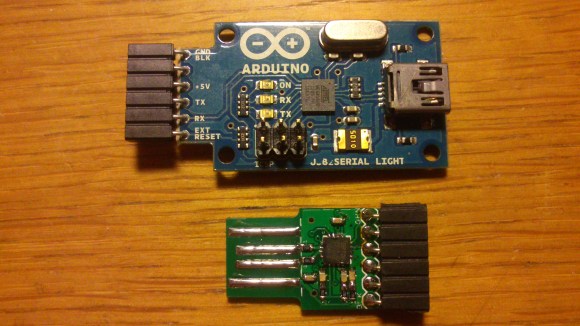17
Make your own dual programmer in AVRDUDE
arduino, ATmega, avrdude, bootloader, Mcu, programmer Comments Off on Make your own dual programmer in AVRDUDE
Stephen Wylie , “Program two ATmegas w/an Arduino & AVRDUDE without re-cabling in between!”
Those of you who have programmed an Arduino through the Arduino or AVR Studio IDE may have noticed the utility that is really doing the work: AVRDUDE (AVR Downloader/UploaDEr). This is a powerful program that can facilitate programming new sketches on top of a bootloader, load a brand new bootloader or chip image, capture the current firmware programmed on the chip, and set fuse bits (which can render your chip unusable without special tools if you’re not careful).
[via]
Make your own dual programmer in AVRDUDE - [Link]




